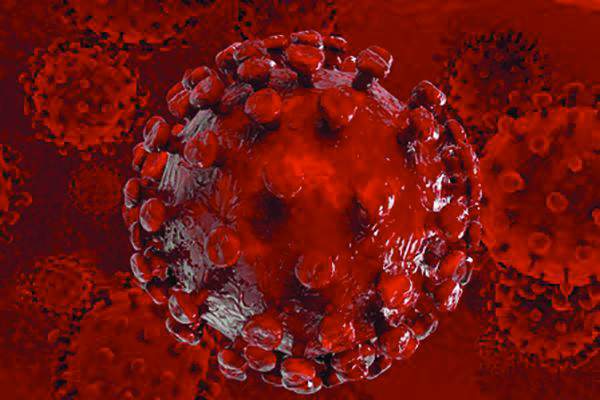AT CROI
SEATTLE (FRONTLINE MEDICAL NEWS) – In HIV patients with suppressed virus and no history of virologic failure, a two-drug combination of dolutegravir and rilpivirine (DTG+RPV) proved noninferior to three- and four-drug regimens in maintaining viral RNA counts at less than 50 copies/mL.
The results come from an integrated analysis of two open-label, multicenter phase III clinical trials – SWORD 1 and SWORD 2 – the results of which were presented at the Conference on Retroviruses & Opportunistic Infections in partnership with the International Antiviral Society.
Two-drug regimens have the potential to reduce cumulative drug exposure, which is an important consideration given that HIV patients must be on lifelong antiretroviral therapy. The positive result “opens the door to new two-drug regimens to come in the future,” said Josep M. Llibre, PhD, a senior consultant physician in the HIV Unit at University Hospital Germans Trias in Barcelona, who presented the research.
The combined studies included 1,024 HIV-1 infected adults who had successful viral suppression on a three- or four-drug current antiretroviral (CAR) therapy. They were randomized to continue CAR or switch to the two-drug regimen.
At week 48, a pooled analysis showed that the percentage of patients with HIV-1 RNA less than 50 copies/mL was 95% in CAR patients and 96% in DTG+RPV patients (difference, –0.6%; 95% confidence interval, –4.3% to 3.0%) in SWORD 1 . In SWORD 2 , 94% of patients achieved those levels in both arms (difference, –0.2%; 95% CI, –3.9% to 4.2%).
Adverse events were reported in 77% of patients in the DTG+RPV group and 71% of patients in the CAR group, with the most common being nasopharyngitis, headache, upper respiratory tract infection, diarrhea, and back pain. Five percent of patients in the DTG+RPV group had serious adverse events, compared with 4% in the CAR group.
The rate of adverse events leading to study withdrawal was higher in the DTG+RPV group (4%) than the CAR group (less than 1%).
The switch to DTG+RPV had no significant effect on lipid levels, but was associated with improvements in bone biomarkers, including bone-specific alkaline phosphatase (baseline 15.9 mcg/L to 12.9 mcg/L in DTG+RPV versus 16.2 to 17.1 in CAR; P less than .001), osteocalcin (23.8 mcg/L to 19.0 mcg/L in DTG+RPV versus 24.0 to 23.1 in CAR; P less than .001), and procollagen 1 N-terminal propeptide (53.0 mcg/L to 45.6 mcg/L in DTG+RPV versus 55.3 to 54.7 in CAR; P less than .001).
ViiV and Janssen, who sponsored the two studies, have formed a partnership to formulate the two drugs as a single pill, according to Kimberly Smith, MD, MPH, vice president and head of global research and medical strategy at ViiV. “We’re hoping to have the tablet available to people by this time next year,” she said.
The two drugs were chosen for their potency and safety. “Dolutegravir has shown itself to be the most potent integrase inhibitor, it’s well tolerated, and it has a high barrier to resistance. That’s why we thought it would be a good lead drug for a two-drug regimen. We added rilpivirine to it because it’s also a well-tolerated drug. The two have small doses, so we thought we could make a very small pill,” said Dr. Smith.
Joseph Eron, MD , director of Clinical Core at the University of North Carolina, Chapel Hill, who chaired a press conference that discussed the results, noted that the regimen has the potential to have fewer drug interactions. “There are potential distinct advantages to this particular combination.”




